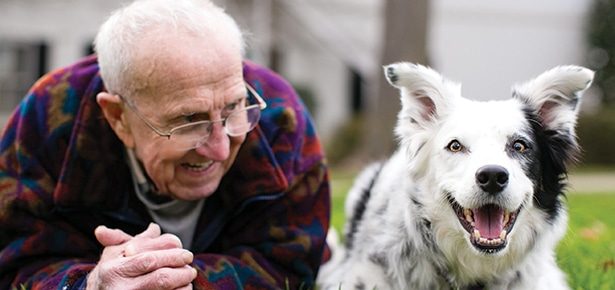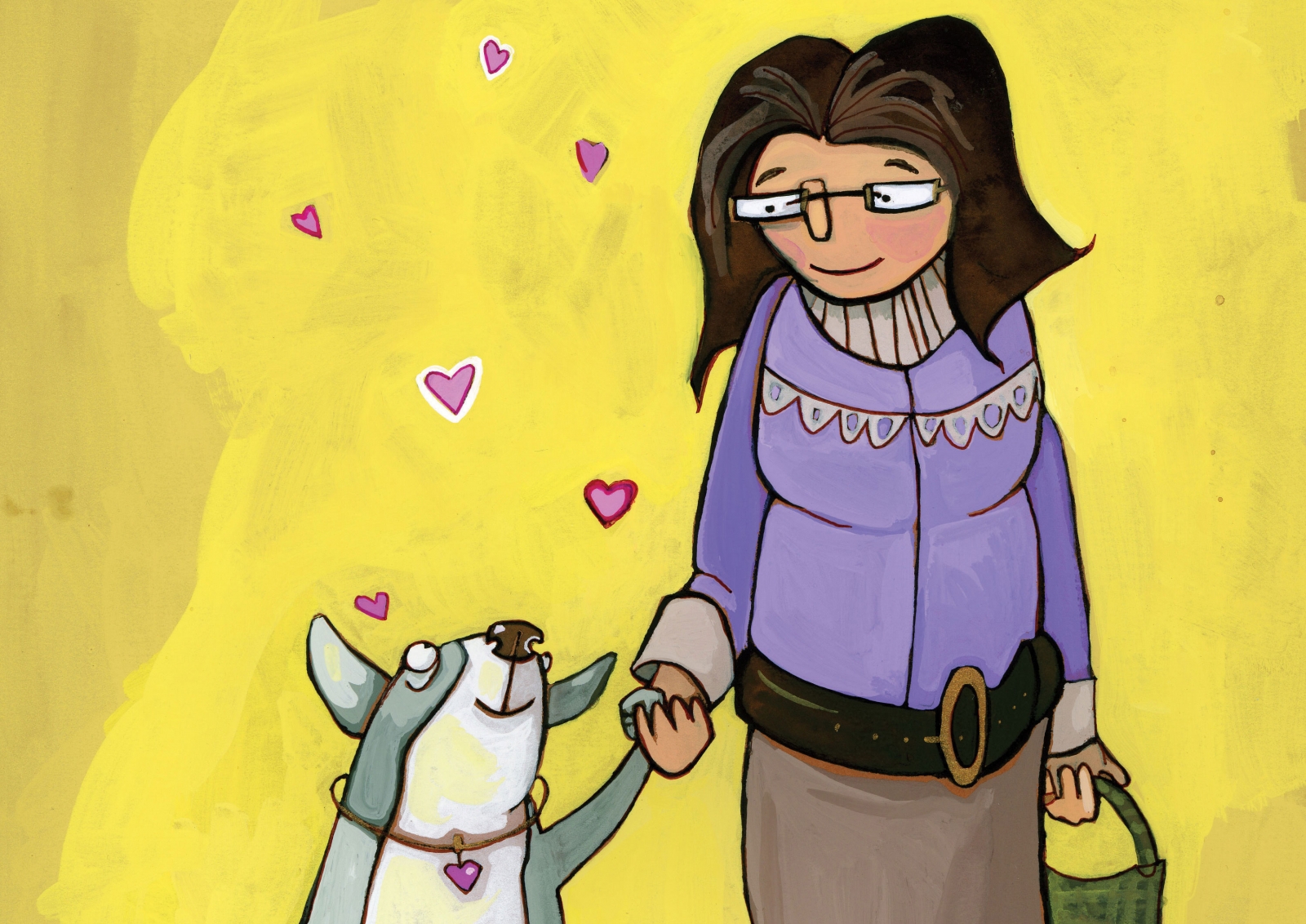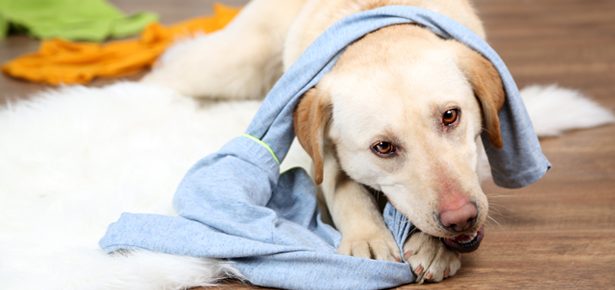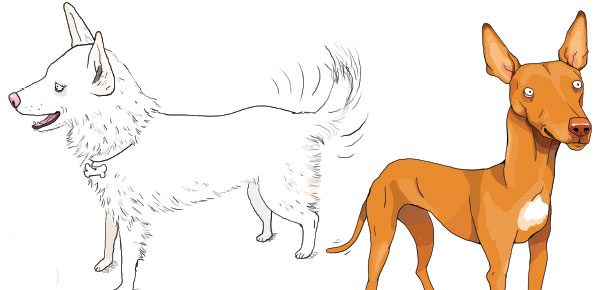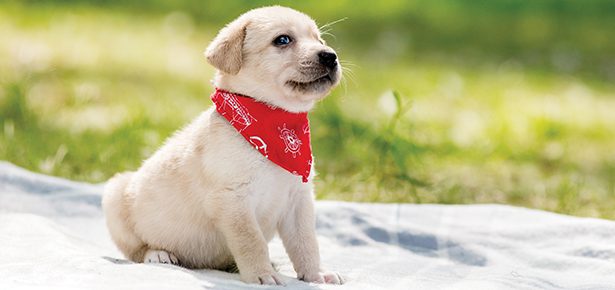
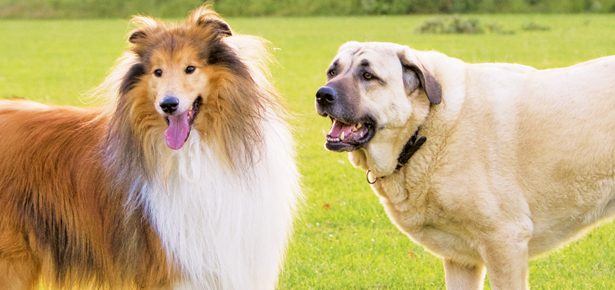
How to Introduce Dogs
Making a good impression: 4 steps to successful dog introductions
Your average cocktail party has a variety of characters making an appearance. You’ve got the exuberant (some might say pushy) guy who acts like you’re his long-lost cousin, hugging you the second you meet. He spends the rest of the night invading your personal space. There’s the introvert, starting a conversation with the host’s cat rather than talk to any of the other guests. You might find a socialite, perfectly charming, fluttering among the guests like a sparkly vision, but never settling on anyone too long. There’s often the slightly tipsy attention-seeker, cracking jokes and gathering quite a crowd. And then you find some folks who truly hit it off, finding lots in common and developing a friendship.
For some reason, however, when it comes to dogs, many expect them to always be the popular life of the party, greeting their fellow canines with perfect grace and instant camaraderie. But just because you get invited to a party doesn’t mean you’ll like everyone there. Why should our dogs? We can increase the odds of them getting along, though.
Here are four steps to help make canine introductions go smoothly…
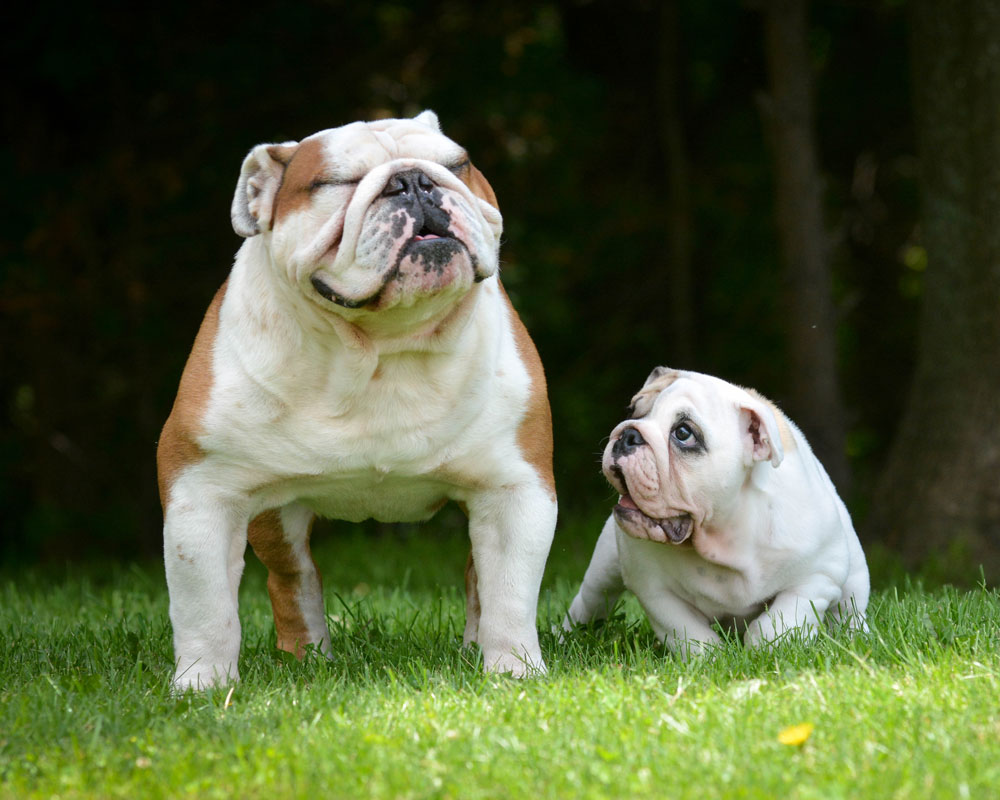
This first step is critical, especially if you are considering adding another dog to your home. Some dogs tolerate other dogs, but don’t necessarily enjoy their company. Other dogs simply do not like other dogs, and will act aggressively towards them. If your dog has any aggression towards other dogs, adding another dog to your household is not a good idea. Symptoms include barking and lunging, raised fur on the hackles, hard stares, and growling.
Right photo by Willee Cole/bgistock.com
If this describes your dog, please seek professional help from a positive trainer. You may want a new dog, but your existing dog thinks otherwise. And an adorable puppy is not likely to “win your dog over.” If it turns out your dog really doesn’t want a canine buddy, he isn’t missing out. Your dog is telling you he doesn’t want a canine party. He wants to hang out with just you.
2. Make sure the dog you’re introducing is good with other dogs
Whether you’re adding a new dog to the family or just introducing your dog to a potential playmate, always get the scoop on the other dog’s attitude towards his fellow canines. Your dog may be friendly, but if the other dog isn’t, your dog could get hurt.
This is especially important if your dog is considerably smaller than the other dog. A large dog can easily hurt a smaller one should the introduction not go well. It’s not always due to aggression, either. An exuberant adolescent dog can squash his smaller cousin without meaning to hurt him. So do your research first and ask questions. Is the dog friendly towards other dogs? How many other dogs has he been around? What size other dogs? Were there any incidents? Know that some dogs are fine with other dogs until a prized item comes into play, such as food or a toy. It’s not a good party if someone ends up in the emergency room!
3. Start on neutral territory
After your due diligence, it’s time to make introductions! Start with both dogs on leash, each with his own handler, on neutral territory. Be far enough apart so the dogs can easily see each other, but you can keep them safely apart.
Check each dog for friendly reactions, such as play bows or bouncing. Another friendly gesture is for a dog to lower himself, with ears back and a wiggly body. If the dogs hold their tails high, wagging, it’s not necessarily a friendly greeting. It’s a sign of high arousal and excitement. So if a dog’s body is stiff, tall, and he has a high, wagging tail, slow down the introduction.
As the dogs get used to each other, casually let them approach one another. Try to keep a loose leash—a tight leash can cause your dog to feel tense. Allow the dogs to smell each other for about five seconds then call them away from each other, praising when they return to their handlers.
If this meet-and-sniff goes well, take a walk with the dogs side by side, but several feet apart so you can intervene if necessary. During the walk, watch the dogs’ body language for friendly interactions.
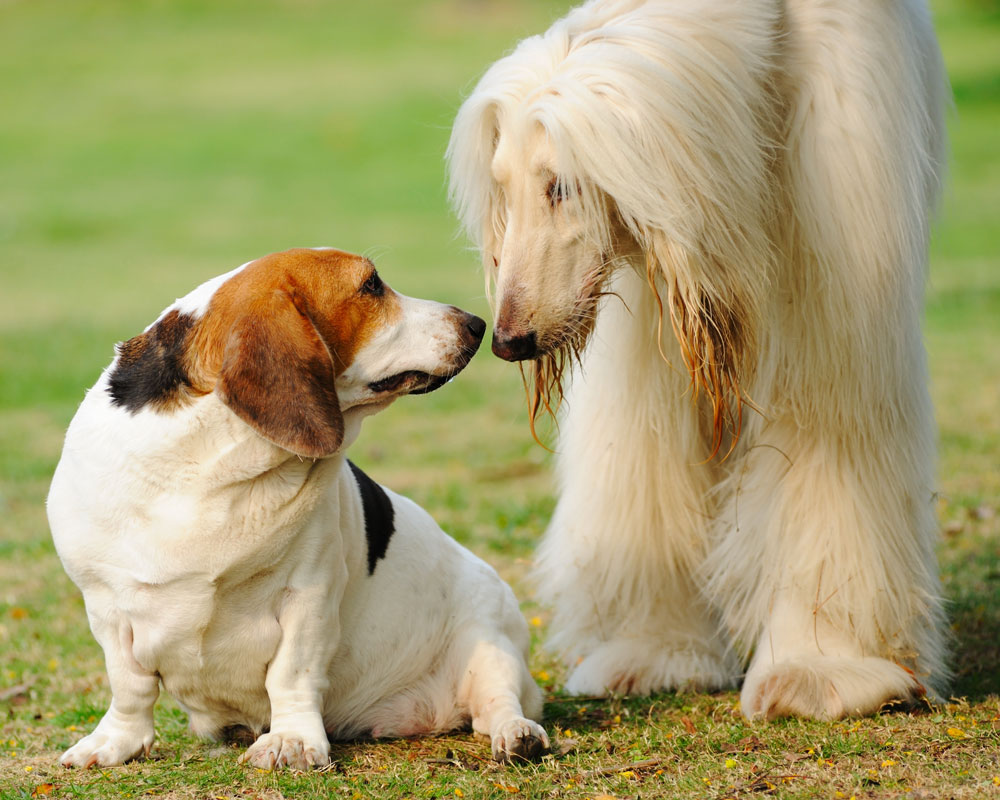
One of the biggest mistakes people make is rushing interactions. Take it slow. Let the dogs’ behaviour tell you how they’re doing, but don’t trust them to make good choices. Sometimes you end up trapped at a party with someone who wasn’t quite what you expected, right? Dogs can sometimes start out ok, but then discover they actually are getting on each other’s nerves. You need to be an attentive host to ensure everything goes smoothly.
Left photo by Raywoo/bigstock.com
If you’ve added a new dog to your household, do not leave your dogs loose and unattended until they prove they will be safe together. This could take a month or more, and that’s ok. If your dogs are significantly different sizes, you may not be able to leave them unattended safely, perhaps ever. It depends on the individual dogs and their temperaments.
If this seems like a lot of work just to introduce a couple dogs, you’re right—but it’s worth it. Taking the time for safe introductions can help prevent hurt feelings and injuries. Come to think of it, it might be a good plan for better cocktail parties, too!
Join the newsletter and never miss out on dog content again!
"*" indicates required fields
By clicking the arrow, you agree to our web Terms of Use and Privacy & Cookie Policy. Easy unsubscribe links are provided in every email.
